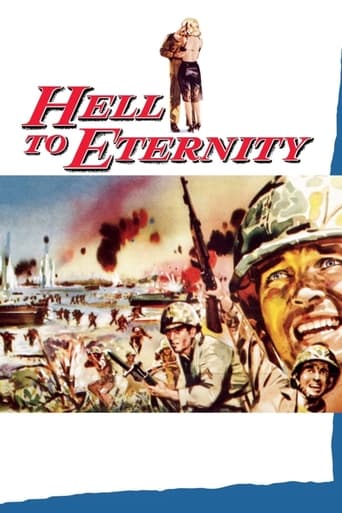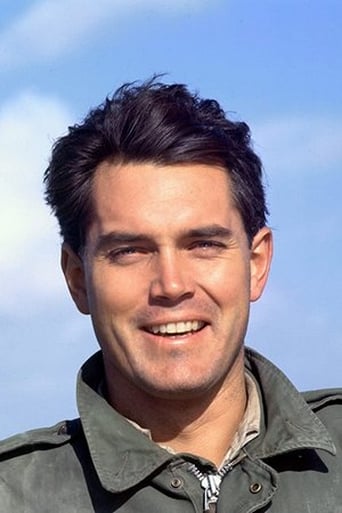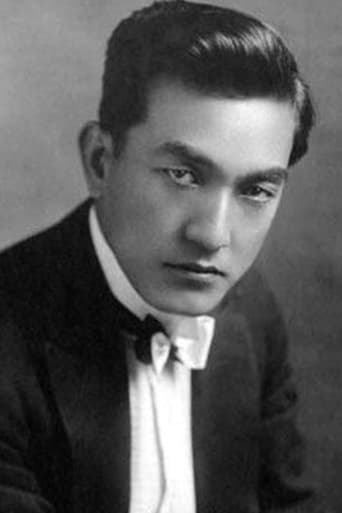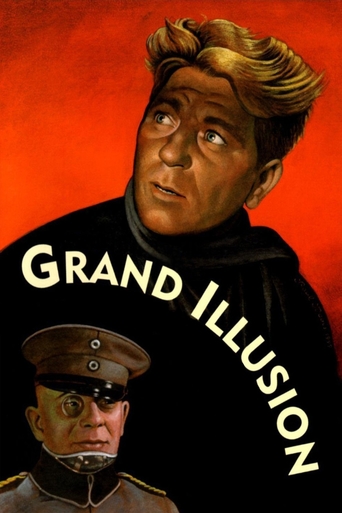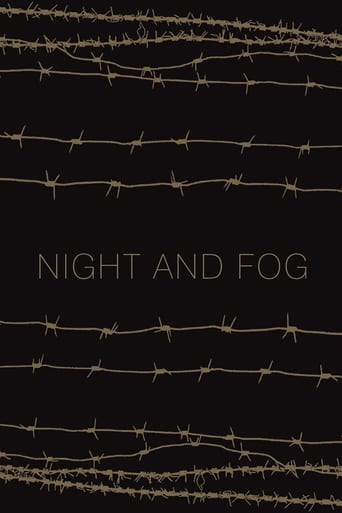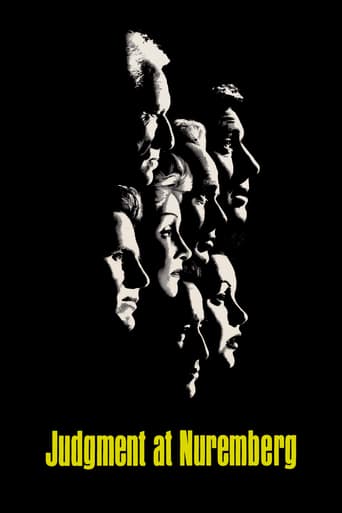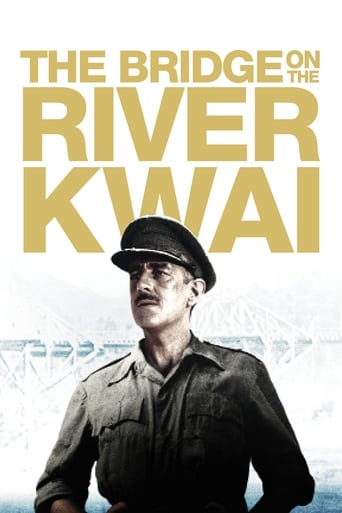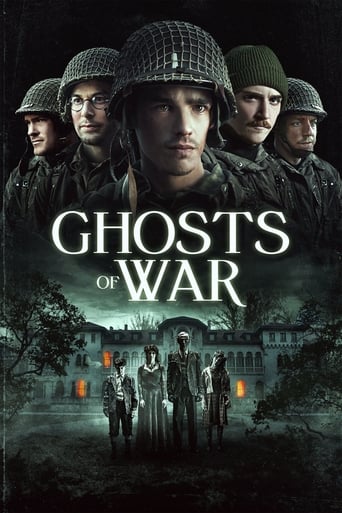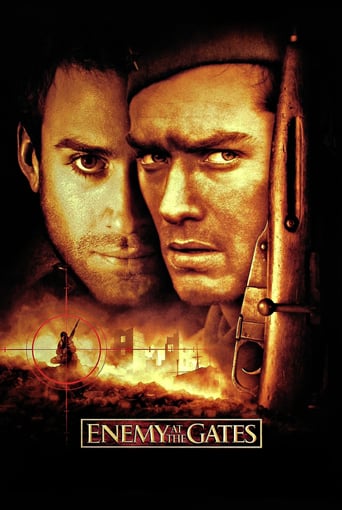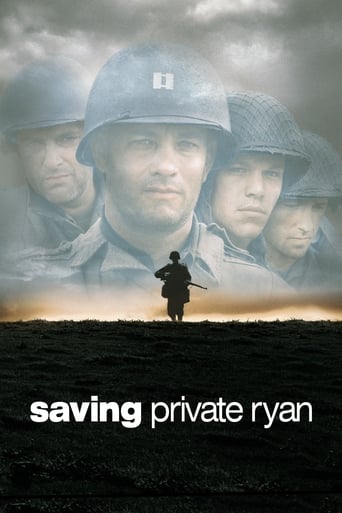Hell to Eternity (1960)
Based on the story about Guy Gabaldon, a Los Angeles Hispanic boy raised in the 1930s by a Japanese-American foster family. After Pearl Harbor, his foster family is interned at the Manzanar camp for Japanese Americans, while he enlists in the Marines, where his ability to speak Japanese becomes a vital asset. During the Battle of Saipan, he convinces 800 Japanese to surrender after their general commits suicide.
Watch Trailer
Cast


Similar titles
Reviews
For all the hype it got I was expecting a lot more!
A Surprisingly Unforgettable Movie!
This story has more twists and turns than a second-rate soap opera.
It's a movie as timely as it is provocative and amazingly, for much of its running time, it is weirdly funny.
As if on cue, when the New Decade and the Year 1960 Clicked Over, Hollywood Suddenly, almost Subconsciously started to Defy the "Hays Code". "Hell to Eternity" was Not an Ordinary "War" Movie. The Neo-Realistic Films started to Emerge in Genre after Genre.In this Gritty Phil Karlson Film there are Sequences of Raw Sex and Ultra-Violence (squibs). Up Close and Personal Battle Scenes that were Visceral and "In Your Face". Even a bit of Off-Color Language can be Heard now and then.Add to that, previously only Sam Fuller seemed to Showcase and Care about Minorities Involved in War-Time Settings. But here, the Director makes it the Center Point of the Film. Some Hedging and Changes were made to the "Real Life" Story of Guy Gabaldon (Jeffrey Hunter), but the Core Message Remains.The Movie is too Long, with some Scenes Extended beyond Tolerable, mainly the Marines Drinking and Sexing, but there are others. The whole First Half of the Film is a Setup and Pre-War Family Bonding, that was Needed but it goes on Way too Long. There are other Small Missteps like No Subtitles in the Long Japanese General's Speech to His Men.It's Not a Perfect or Great Film, but Overall, it is Karlson's Edgy Direction of a Story Worth Telling that makes this a Remarkable and Memorable Movie.Part of its Reputation is because in 1960 it was an Anticipatory Style that Prefigured the Decade and Beyond and there just wasn't anything like it at the Time. It Stood Out and Got Noticed by Fans of War Movies and those with a Social Conscience.
This is a war bio-pic about Guy Gabaldon of the USMC . It's a strange film featuring two distinct halves . One of Gabaldon newly arrived in the Marine Corps and the second half concentrating on the battle of Saipan . When I say strange what I mean is that it's heavily clichéd but for someone reason it manages to hide the clichés very well The first half features those loud American who constantly feature in these type of movies . They're drinkers , gamblers , womanisers and heaven help anyone who has no concept of the alpha male . What makes this part of the film interesting is that there's a nightclub scene that has rampant sexuality featuring a female character and Gabaldon played by Jeffrey Hunter which must have seemed somewhat explicit at the time The second half features the bloody battle of Saipan and one interesting thing about the landings is that Japanese characters speak to Japanese characters in Japanese without the benefit of subtitles . Compare this to films at the time had Germans speaking to one another in English and characters speaking in their native tongue must have appeared unusual back in the day . The battle scenes are relatively graphic though little children turning reminded me of THE GREEN BERETS The problem with this movie is that for something that is marketed as a war film it takes a long time to reach its destination of the battlefield and with the exception of the nightclub scene the film is very talkative with little in the way of incident which stops it from becoming a great film . As it stands it's okay though it helps if you watch it of the era of when it was made
HELL TO ETERNITY (1960) is, I believe, the first Hollywood film to depict the experiences of Japanese-Americans in the early stages of World War II. We see a young white guy and his Japanese female companion get harassed by patrons at a drive-in eatery in L.A. on December 7th as news of the sneak attack on Pearl Harbor comes over people's car radios. We see a Japanese-American family listen to the radio together as President Roosevelt addresses the nation and announces a state of war with Japan. We hear a young Japanese-American man describe his unsuccessful effort to enlist in the armed forces. We see Japanese-Americans being forced to leave their homes and possessions and get trucked off to relocation centers. We visit a cabin at the Manzanar internment camp in California. This must have been powerful material in 1960 and, I daresay, remains so today.The movie pulls the viewer in emotionally right from the start as we see a troubled white youth, Guy Gabaldon (who was Mexican-American in real life), get into fights at school and go home to a decrepit shack, only to find his mother gone, taken to a hospital where she will soon die. He is taken in by the family of his Japanese classmate and is reared by them, experiencing genuine familial love for the first time. He even learns Japanese and we see him practicing words. The youth is played by Richard Eyer (the young genie in THE SEVENTH VOYAGE OF SINBAD), a young actor who sure knew how to pull our heart strings. Nine years later in the narrative, in 1941, Guy is played by Jeffrey Hunter and his Japanese brother, George, is played by George Takei. There are scenes between Guy and his Japanese mother that are quite touching, a profound and dramatic illustration of a mother-son bond that transcends language, cultural and racial barriers. (The mother is played by Tsuru Aoki Hayakawa, wife of Sessue Hayakawa, who appears in the film as General Matsui, the Japanese commander on the island of Saipan.) It's the exchange with his mother at Manzanar that convinces Guy to try and enlist in the Marines. (Hunter's portrayal of an orphan raised by a family of different race recalls his role as Martin Pawley, a part-Indian raised by the Edwards family in Texas in John Ford's THE SEARCHERS, 1956.) After such advanced racial politics, there's a bizarre scene about midway through the film showing Guy and two of his marine buddies (David Janssen and Vic Damone) on liberty in Hawaii, where they wind up at the apartment of Sono, a Japanese bar hostess (Michi Kobi) and Famika, her Japanese roommate, a stripper from San Francisco (Reiko Sato). The third woman with them is an uptight white lady reporter, Sheila (Patricia Owens, from THE FLY), who's jealous of the attention paid by the men to the Japanese women and sits there sullenly knocking back one drink after another. Famika does her striptease act in the living room with appropriate music playing on the phonograph and gets the marines very excited indeed. While this action veered dangerously close to yet another case of Asian women being treated as exotic sex objects, the sexual and racial politics take a turn into much trickier territory. When she's finally drunk enough, Sheila, the proper lady reporter nicknamed "the Iron Petticoat," feels sufficiently emboldened to get up and do a striptease herself, much to the amusement of everyone there. Her act is even more revealing than that of the Japanese stripper. Eventually everyone's paired up and, as Guy starts grappling with Sheila's bra strap, there's a quick cut and---BOOM!--the big guns go off in the naval bombardment of Saipan, where the rest of the movie takes place.The scene with the women is a long one and has no bearing on the rest of the narrative. (The women are never seen or referred to again.) I'm not quite sure what the point of it all was, but it's a fascinating footnote in the history of World War II combat movies and certainly pushed the envelope pretty far for 1960. Also, David Janssen's character is crazy drunk in this scene and the actor goes completely wild portraying this state. It's a remarkable display and I guarantee you've never seen him like this in anything he did for TV.After intense and bloody combat on Saipan (filmed on Okinawa), the final stage of the film involves Guy's attempts to get the Japanese holdouts to surrender. Eventually, he confronts the English-speaking General Matsui (Hayakawa), who is planning one last suicidal "banzai" attack by the wounded, weary, and starving remnants of his force and the many Japanese civilians still with them. We hear about the Japanese code of war--no surrender and fight to the last man. And we'd earlier seen Japanese civilians throw themselves off a cliff to avoid capture, having been brainwashed by Japanese propaganda into believing they'd be raped and murdered by the Americans. This represents a much more honest look at Japan's conduct of the war than we were used to seeing in postwar Hollywood films about the war in the Pacific. Contrast this with Japan's own entry in the genre that year, I BOMBED PEARL HARBOR (1960), which I've also reviewed on IMDb. While HELL TO ETERNITY is about 25 minutes too long, it's still a powerful treatment of its subject, despite the unfortunate Hollywood compromise of hiding Gabaldon's true racial background.Jeffrey Hunter and David Janssen would re-team the following year in MAN-TRAP (1961), which opens with a scene of Korean War combat featuring the two and also shows Janssen as a very different kind of character than we normally saw him play. I've also reviewed that one here. Hunter would go on to star in "Star Trek"'s pilot episode, while George Takei would gain fame playing Sulu, a regular character on that show. (As a boy, Takei spent the war years in internment camps.)
When the United States of America went to war with Imperial Japan, many a Japanese national joined the armed forces and served the U.S. with distinction and honor. Among those who stood out was this story of a young Chicano from Los Angeles. Good looking Jeffrey Hunter, plays Guy Gabaldon who was raised by a Japanese foster family. Despite the discredit of government officials who interned Japanese/American citizens at the beginning of World War II, the people endured their imprisonment with dignity and patience. Gabaldon, turned down by his own draft board, nevertheless, joins the Marines and meets two close friends, played by David Janssen and Vic Damone. The three make this story touching and believable and their combat experience creates a worthwhile saga. The movie centers on the volatile hard fought conflict on the island of Saipan, where a determined enemy refuses to surrender. Interestingly enough, Guy Gabaldon risks life and limb, saving the lives of thousands of America soldiers and Japanese civilians, yet fails to be nominated for the Medal of Honor. A great and Noble film which has since become a war-time Classic. ****

